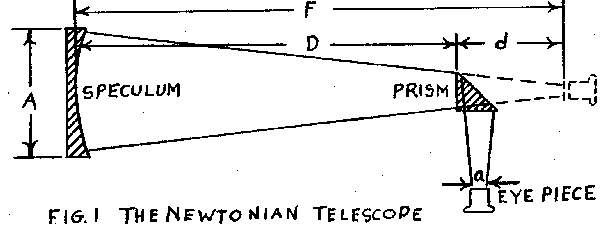 |
 |
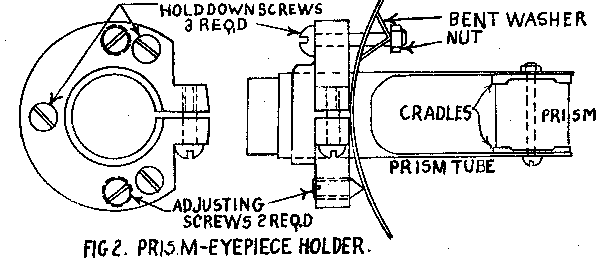 |
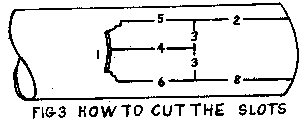 |
1. Cut with hacksaw. 2. Cut with snips. Go as deep as you can. 3. Bend up and cut off. 4. Cut with snips. 5. Same as $4. Bend up and break out. 6. Same as #5 but leave it until opposite slot is done. This gives more room to control the blades of the snips. |
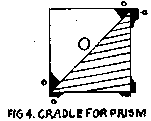 | 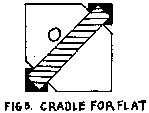 |
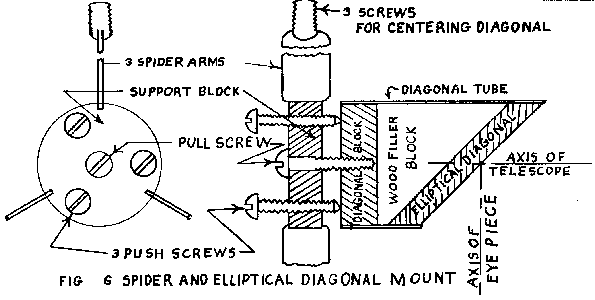 |
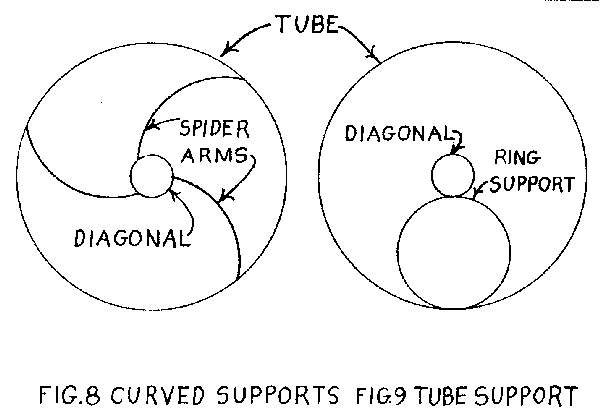 |
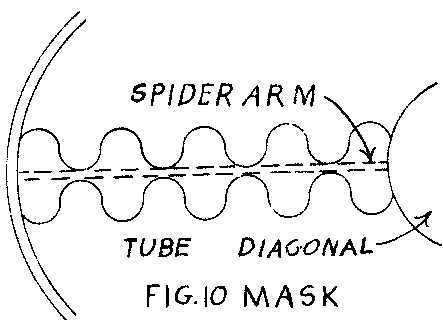 Rays cause by diagonal supports may be eliminated if the supports are so curved that their total effect is circular. This prevents localized flares and gives a better image for some purposes. However the light of the flares is still outside the central star disk. We have simply spread it out as an edge around the disk, with becomes very slightly larger and fuzzier.
Rays cause by diagonal supports may be eliminated if the supports are so curved that their total effect is circular. This prevents localized flares and gives a better image for some purposes. However the light of the flares is still outside the central star disk. We have simply spread it out as an edge around the disk, with becomes very slightly larger and fuzzier.